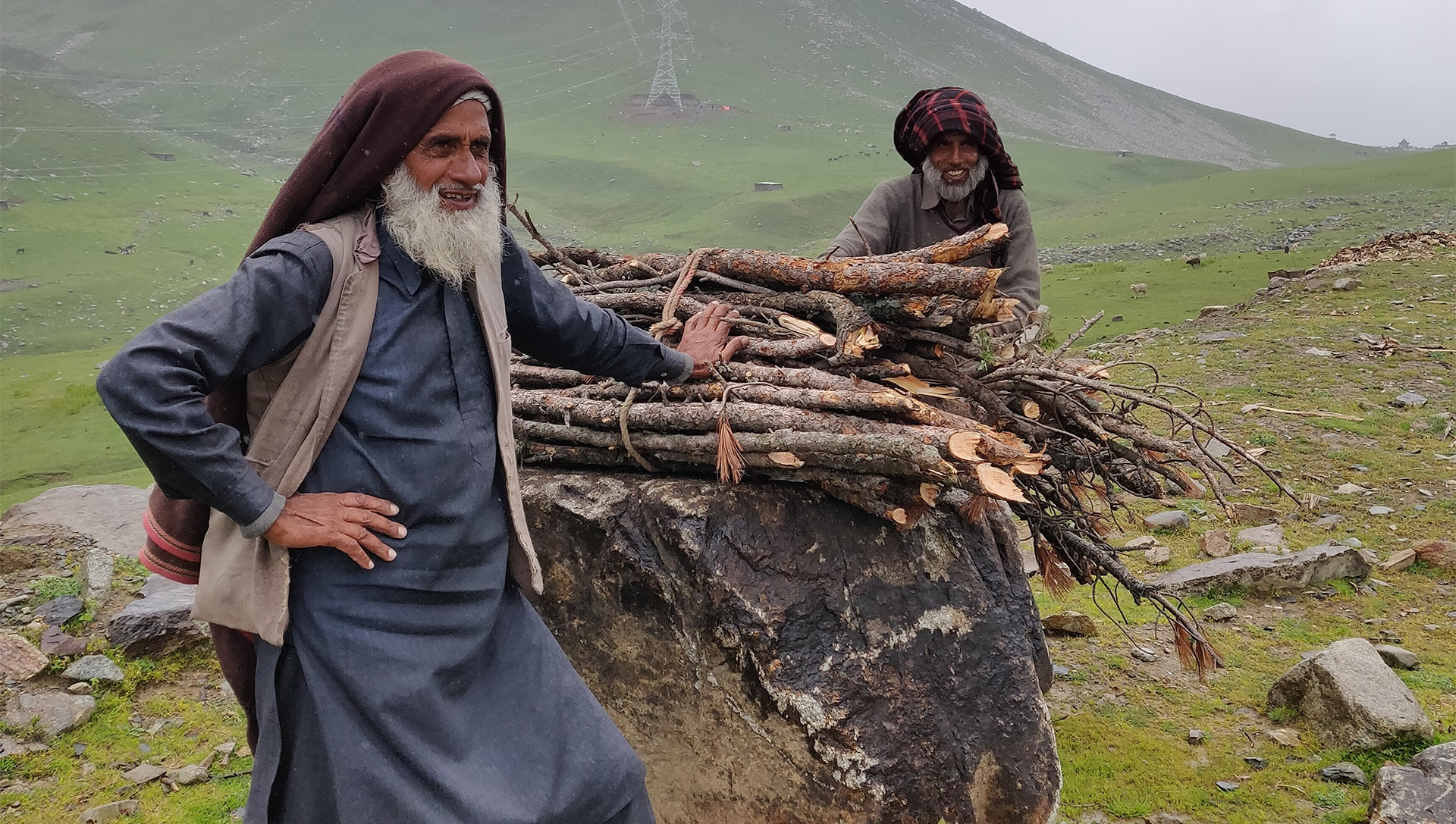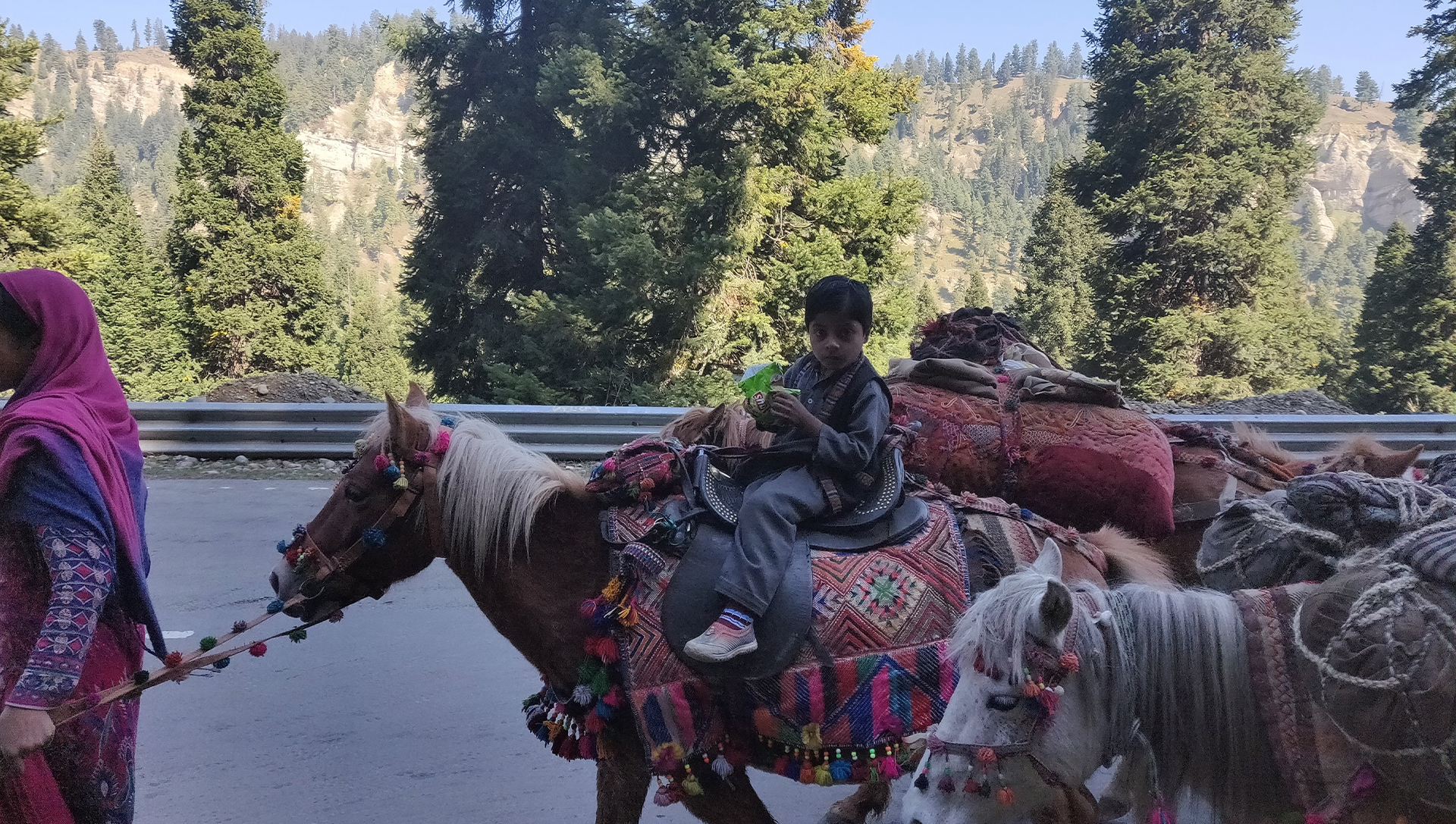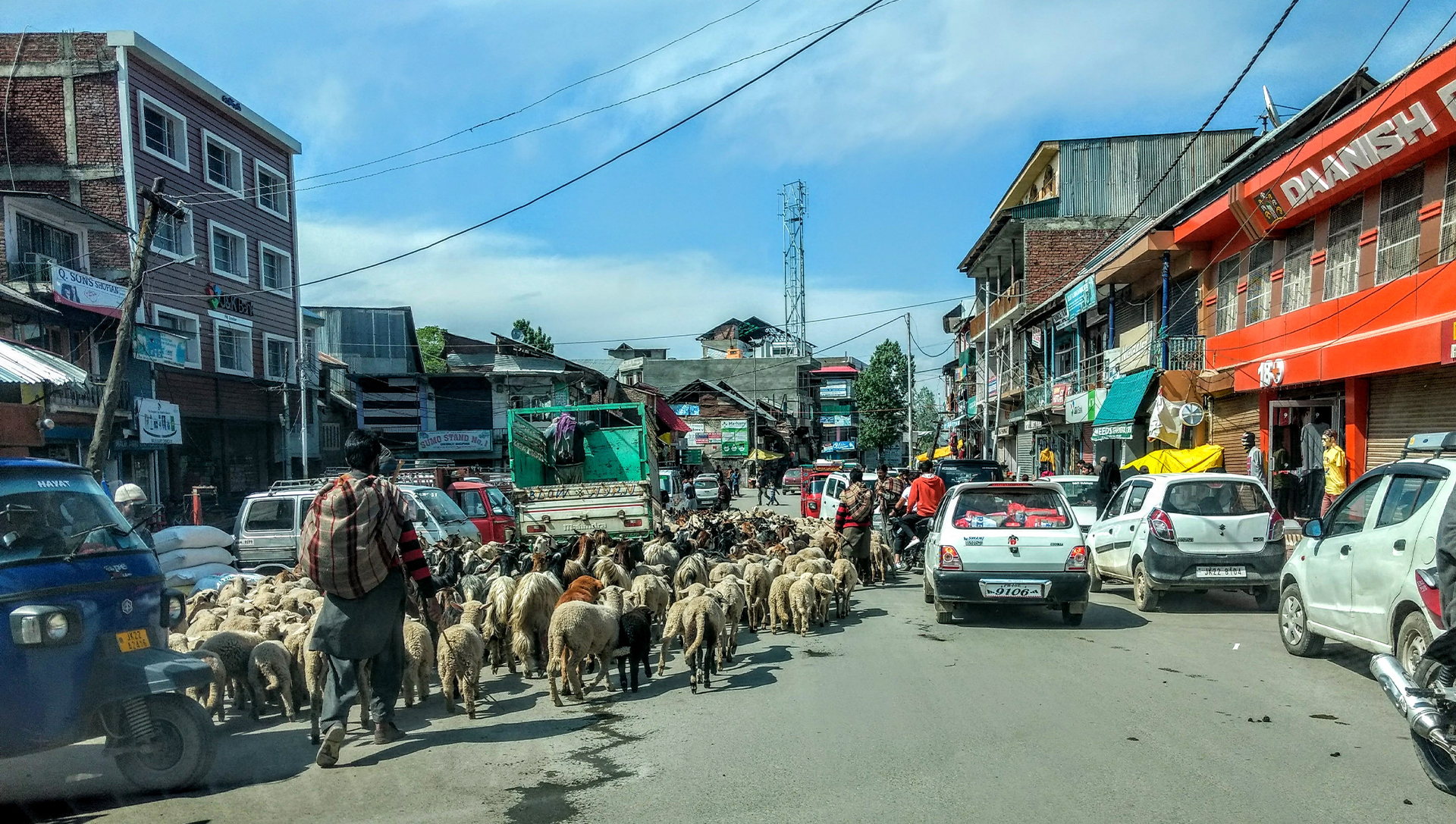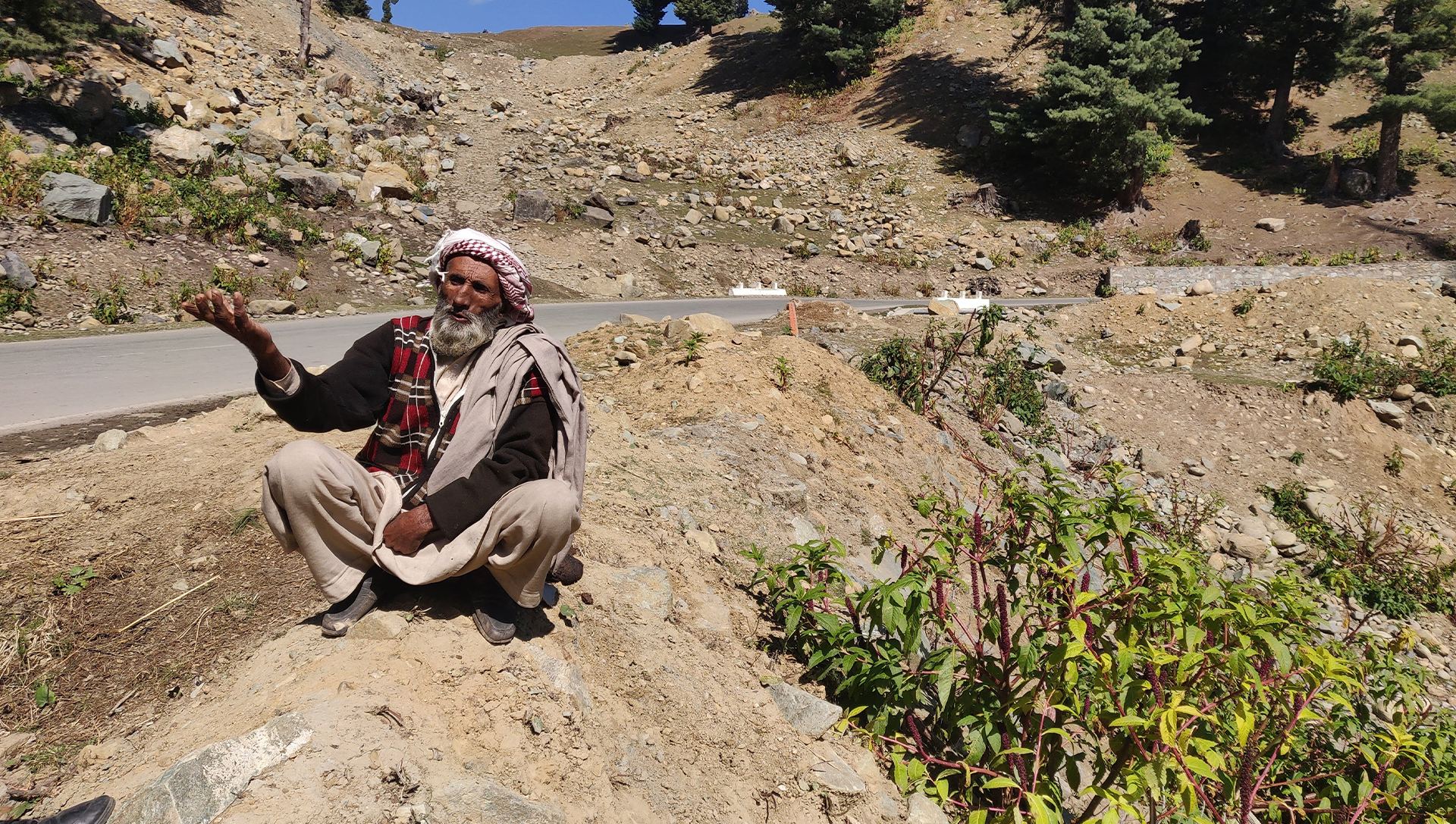SRINAGAR: The herds of livestock are back on the busy roads of Kashmir. The sight, which was well encapsulated in the Hindi films of yore, showed the nomadic tribes of Gujjars and Bakerwals are back with their way of life.
After a COVID-19 induced gap of two years, Gujjars and Bakerwals are restarting their seasonal migration when they take their herds to the upper reaches of the Himalayas to escape the summer heat of the plains and its dry grasslands.
During the last two years, the nationwide lockdown to curb the spread of Covid-19 has disrupted the long spring migration of Bakarwals and Gujjars. Almost half of them are only starting out now, nearly a month late, after the government gave full permission on April 23, for the pastoralists to use vehicles to transport their families and animals.
“This year we are not facing difficulties as there are no restrictions,” said Mangta Khatana, who was on his way to Dachigam with his herd. He was carrying a herd of over a hundred livestock. The nomad is accompanied by a mule and a trusty Bakharwal guard dog.
Khatana said that COVID restrictions had a cascading effect on the lives of the nomadic communities and their traditional businesses, which are closely aligned with the seasons, festivals and land-use patterns of the region.
The Bakarwals mostly rear the Australian Merino breed and local Poonchi and Kernai sheep, which cannot stand the summer temperatures of the plains.
“These breeds are used to colder regions and if the migration doesn’t start in time, the Bakarwals and Gujjars will have to face major losses in coming days,” said Mukhtar Gujjar, another nomad. “In case there would be a delay this year too, that could have a serious impact on the wellbeing of the animals,” he said.
“During the COVID we had no choice but to trek to the neighbouring jungle and collect fodder for our livestock because we were afraid of letting our animals graze on poisonous outgrowth,” he added.
Officials of the animal husbandry department said there were no restrictions on migration now. “Last year we had to restrict their number because of Covid-19,” they said, adding that besides their department, deputy commissioners of the districts have been directed to facilitate migration.
The tradition of seasonal tribal migration has been there for centuries. The nomadic tribes, mainly the Gujjars and Bakerwals, start migrating to their summer destinations in April every year.
It takes around 40-45 days of travel to reach their destinations. The tribes will be there till the autumn before winding their way down to the plains to escape the harsh winter.
Up to 1.5 million Gujjars and Bakarwals live in Jammu, Kashmir and Ladakh – around 11.9% of the region’s total population as per the 2011 Census. In Jammu, the 810,800 Gujjar and Bakarwals comprise more than 54% of the tribal population.
The other nomadic herders in the state are the Gaddis and the Sippis, but their seasonal migration is limited and only across districts.
The Bakerwals are predominantly Muslims and their way of life, language and customs are strikingly different as compared to their counterparts settled mostly in the plains of the state.
Most of the one million Gujjars live in mountainous areas where they now depend heavily upon livestock rearing and small-scale agriculture.
On the other hand, the Bakerwals remain nomadic and traditionally migrate to alpine pastures with their flocks of livestock for the summers.
But winds of change are blowing even for the Bakarwals. A significant percentage of the population has settled in the plains owing to the increasing hardship that follows the seasonal migration.
Education also played an important role in changing habits. With the community realising and accepting the power of education, they also understood that the seasonal migration can have a big negative impact on the formal education of their children.
In recent years, many pastures have remained out of bounds for nomads because of armed conflict in Kashmir. They have no access to the northwest highlands of Kashmir like Gurez and Kargil.
Some Bakarwal nomadic families found alternative pastures in the upper reaches of Dachigam, the habitat of the Hangul (or Kashmiri stag) which is Jammu and Kashmir’s state animal and the flagship species of the region’s wildlife. This has put them in direct confrontation with the wildlife department which accuses them of causing damage to the habitat of the Hangul.
While the stark reality of life will eventually catch up with the pristine old ways of life, the very sight of Bakerwals and Gujjars herding their flock in the backdrop of the magical Kashmir valley will remain etched in the mind for posterity.
And of course, one can never forget the numerous occasions when community members alerted our brave soldiers about suspected movements in the border areas.














